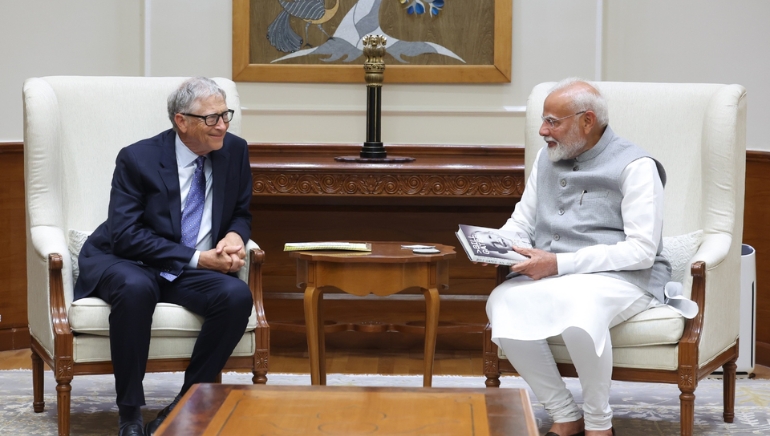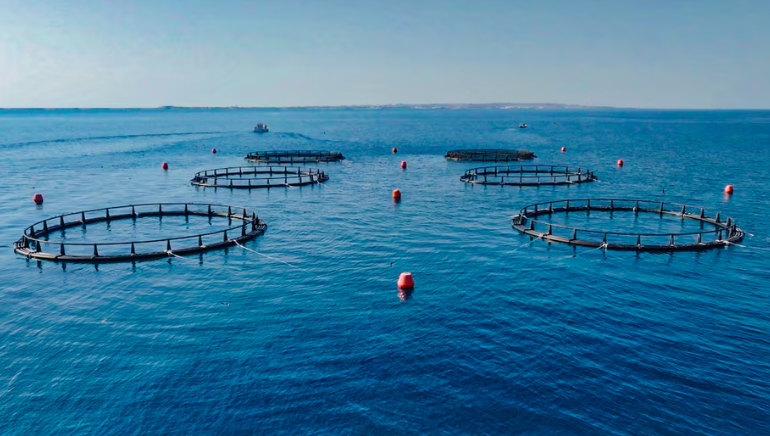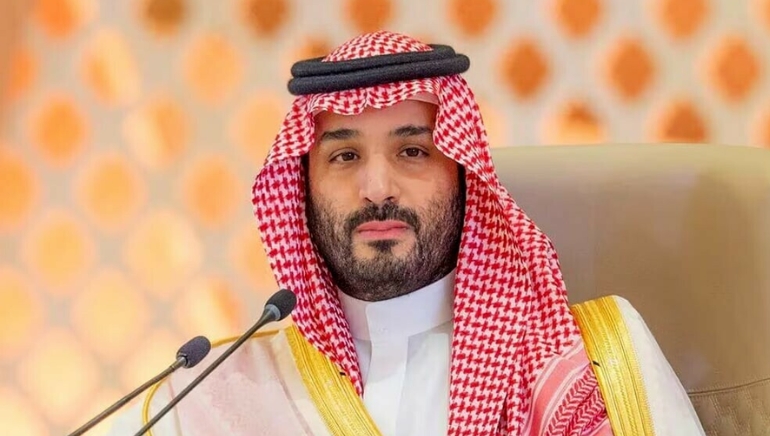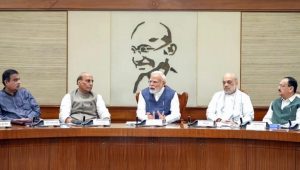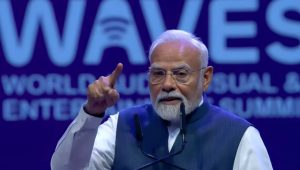On Wednesday, Prime Minister Narendra Modi met with Bill Gates, co-founder of Microsoft and philanthropist, to discuss a variety of themes, including technology, innovation, and sustainability. The discussion focused on India’s vision for the future, accomplishments in critical industries, and the country’s commitment to advancing progress.
Following the meeting, Prime Minister Modi took to social media platform X to express his opinions, calling the discussion “excellent.” He emphasised the significance of teamwork in ensuring a better future for upcoming generations. “As always, an excellent meeting with Bill Gates. We spoke about diverse issues, including tech, innovation, and sustainability, towards creating a better future for the coming generations,” he wrote.
The talk focused on India’s development trajectory and goal for Viksit Bharat 2047. Artificial intelligence, healthcare, and agriculture were all extensively discussed, emphasising their importance in creating India’s future.
Bill Gates also gave his thoughts following the meeting. He complimented India’s progress and its worldwide influence. “I had a great discussion with @narendramodi about India’s development, the path to Viksit Bharat @ 2047, and exciting advancements in health, agriculture, AI, and other sectors,” according to his tweet.





